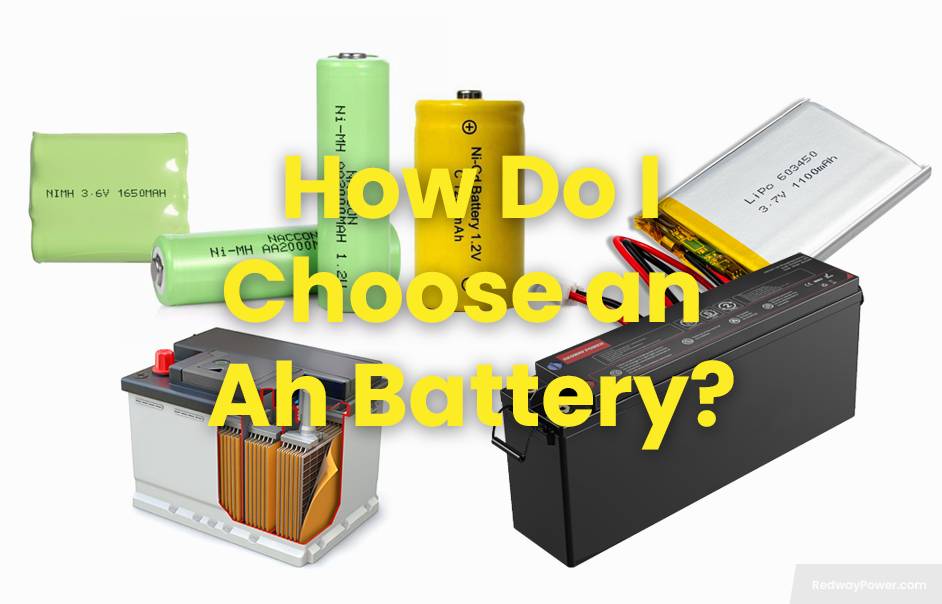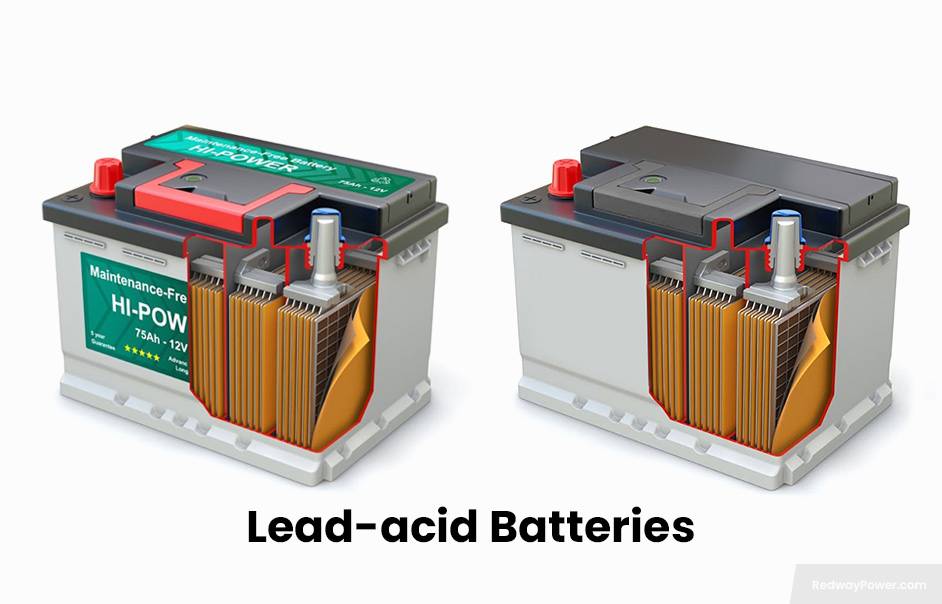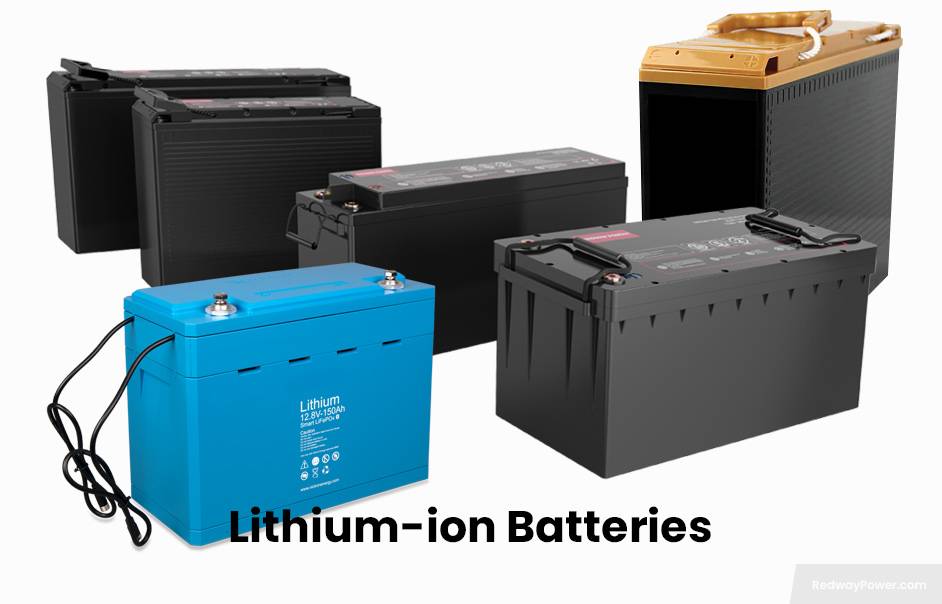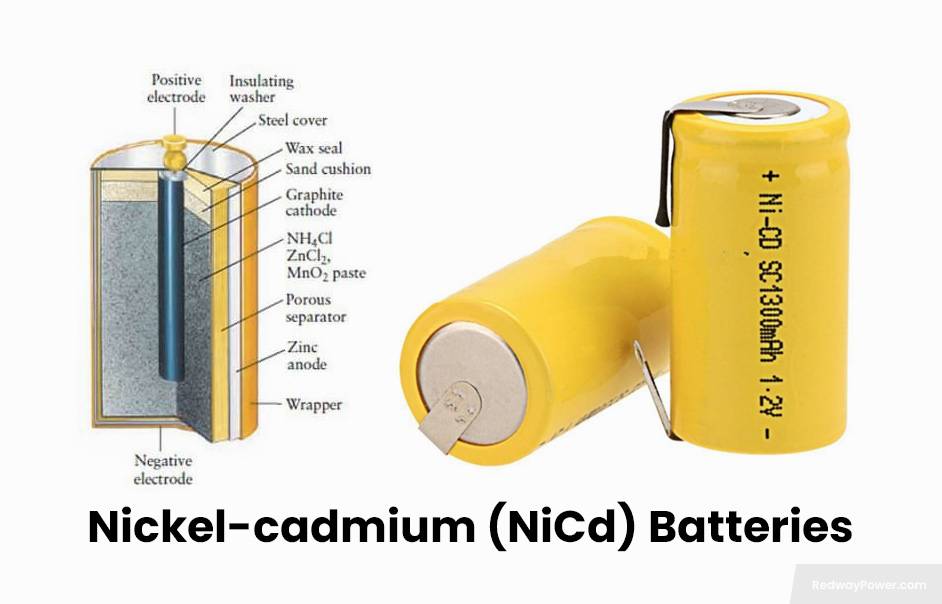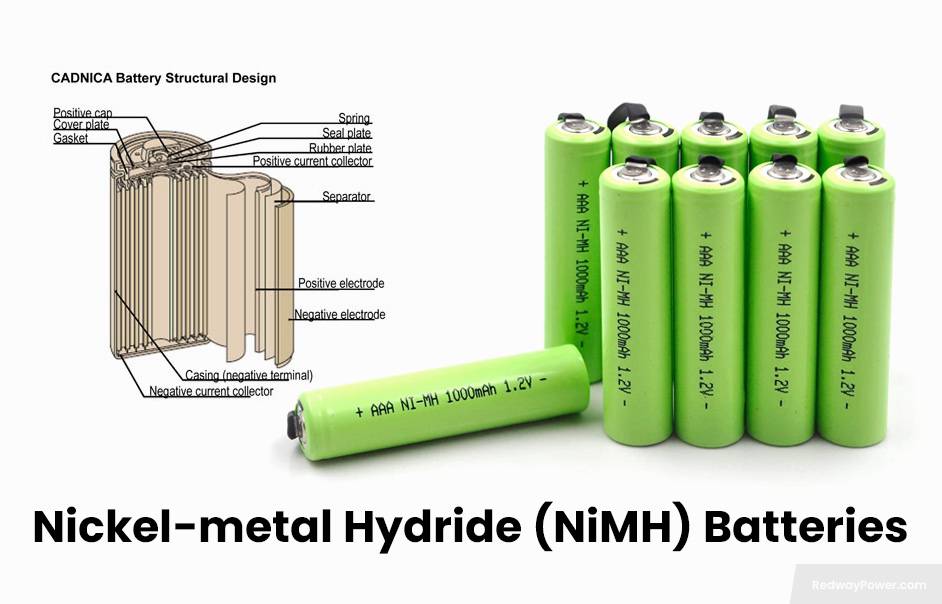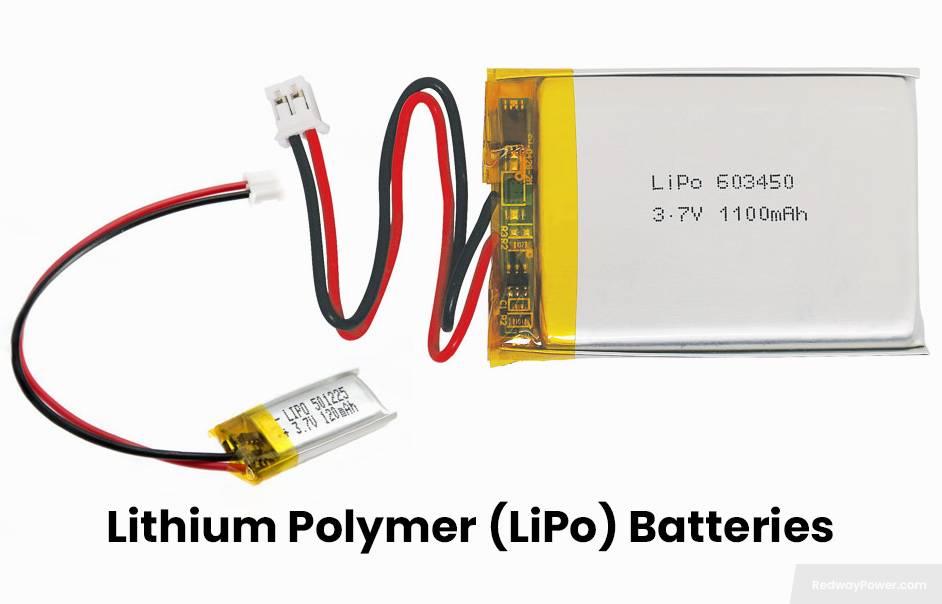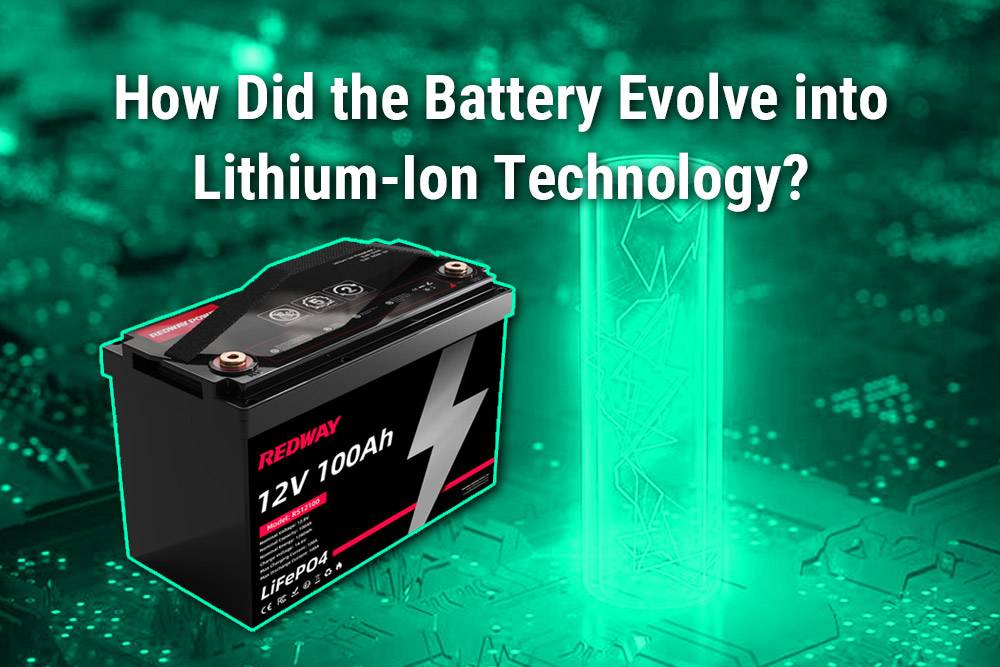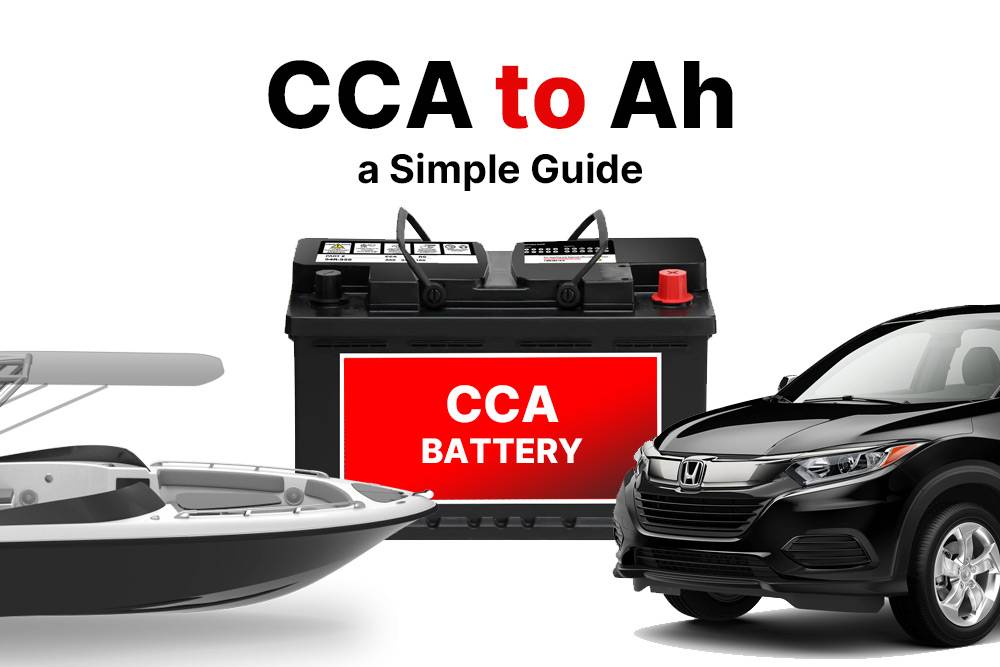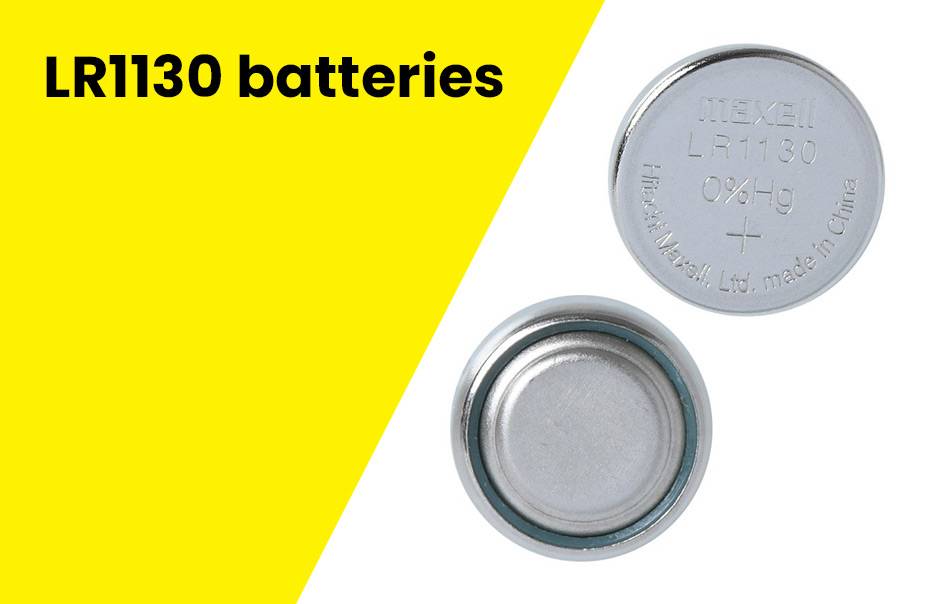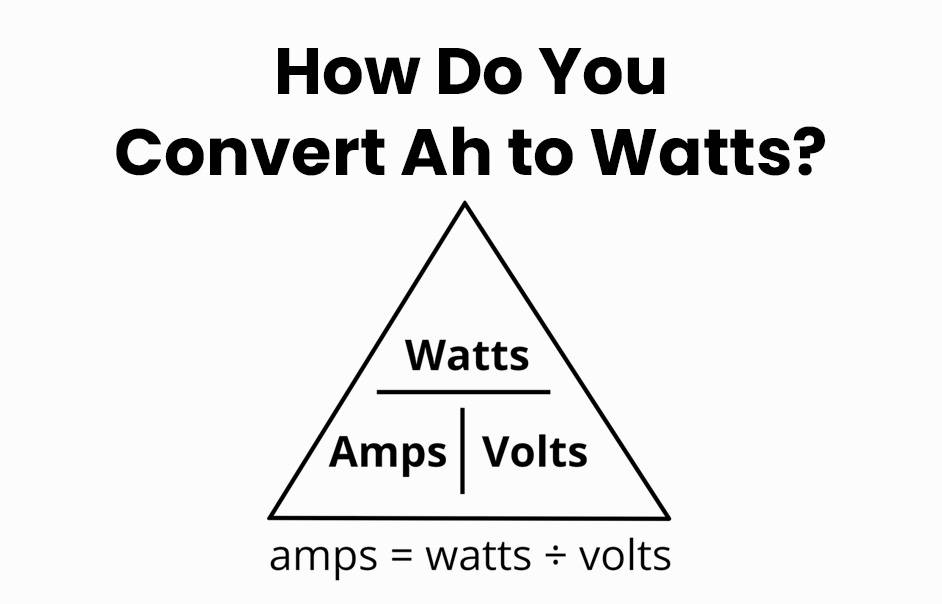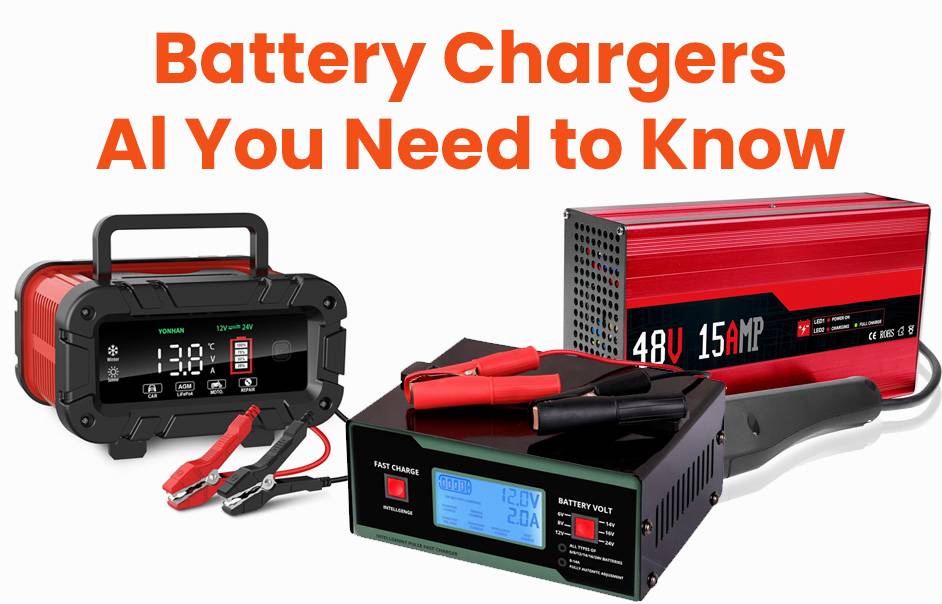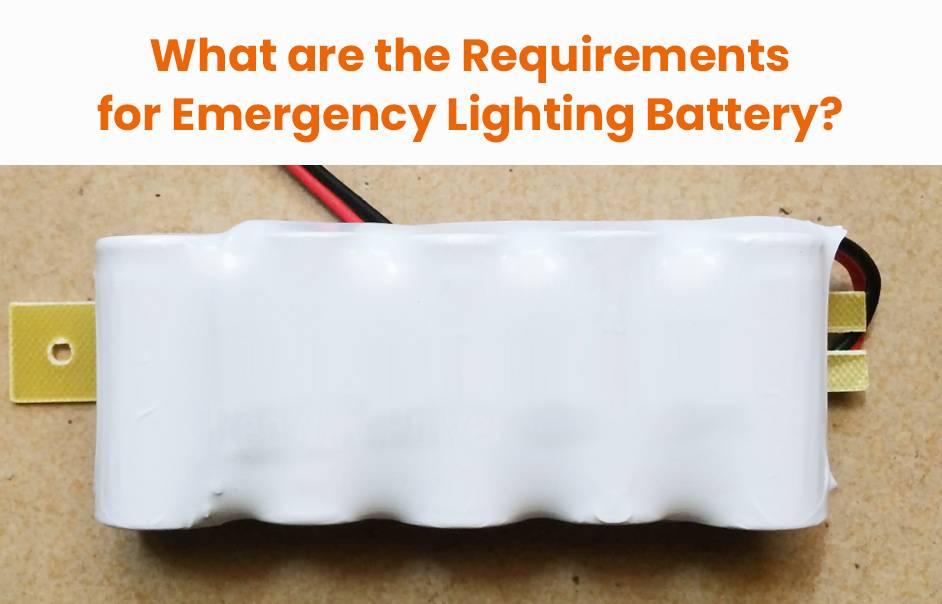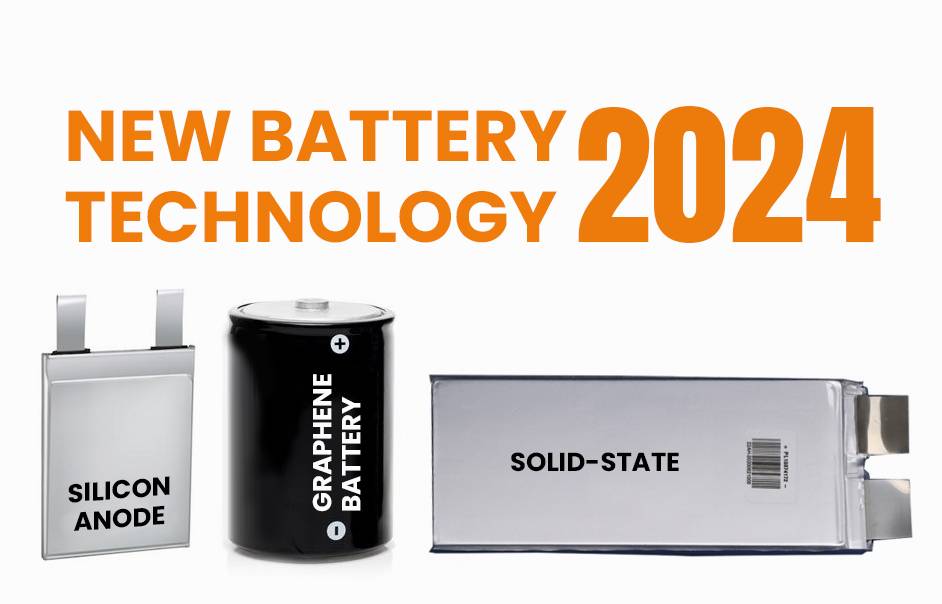Are you tired of your devices running out of battery just when you need them the most? Frustrating, isn’t it? Well, fear not! We have a solution that will keep your gadgets powered up and ready to go. Say hello to Ah batteries – the unsung heroes behind all our portable power needs. In this blog post, we’ll guide you on how to choose the perfect Ah battery for your devices. So buckle up and get ready for a jolt of electrifying information! Let’s dive in!
What is an amp?
An amp, short for amperage, is a measure of electric current that signifies the rate at which electrons pass through a conductor. This flow of electrons can be likened to the movement of water through a channel, with higher amperage indicating a greater volume of electrons in motion. Essentially, amperage represents the volume of electrical current and plays a critical role in determining the amount of energy that can be transferred by an electrical device or system.
What are amp hours and what does Ah mean in a battery?
Amp hours, often abbreviated as Ah, are a measurement unit used to determine a battery’s energy capacity. This numerical value signifies the amount of current (in amperes) that a battery can deliver over a specific period. Understanding amp hours is crucial because it provides insight into how long a battery can power a device before it needs to be recharged.
For instance, if you have a battery with a rating of 5 Ah, it implies that the battery can supply a constant current of 5 amps for one hour. This means that if a device requires 1 amp to operate optimally, a 5 Ah battery would ideally last for about 5 hours on a single charge.
Various factors influence the actual duration a battery can sustain its amp hour rating. These factors include the speed at which the battery charges and discharges, the surrounding temperature, the general environment in which the battery operates, and the battery’s overall condition and age. While these variables can impact the precise performance of a battery, the amp hour rating remains a vital metric to understand how long your devices will run effectively on a single charge.
What’s the difference between amps, ohms, and volts?
Amps, ohms, and volts are three fundamental units used to describe different aspects of electricity.
Voltage (V) refers to the electrical pressure or force that pushes current through a circuit. It is measured in volts and can be compared to the pressure of water flowing through a river canyon. The higher the voltage, the stronger the force pushing the current.
Resistance (R) is represented in ohms and is analogous to the width of the canyon in the river analogy. Just as a narrower canyon requires more force to push the same amount of water through, higher resistance in a circuit makes it more difficult for current to flow. This resistance results in the generation of heat, leading to a loss of electricity known as voltage drop. Minimizing resistance is crucial for efficient electrical flow, and factors such as material choices (like copper or aluminum) and conductor size play a role in achieving this.
Current (I) is the measure of the flow of electric charge in a circuit and is expressed in amperes, or simply, amps. Current is the actual movement of electricity through a conductor under the influence of voltage. It is essential to ensure that the current flowing through a circuit is appropriate for its components to prevent damage or overheating.
In summary, volts represent the electrical pressure, ohms represent the resistance to current flow, and amps represent the magnitude of current flowing through a circuit. Understanding the relationship between these units is crucial in designing and maintaining safe and efficient electrical systems.
Are AC and DC amps the same?
AC and DC amps refer to the measurement of electric current, expressed in amperes, in alternating current (AC) and direct current (DC) systems, respectively. While both AC and DC electricity are types of electric current, they differ in terms of how the electric charge flows. In a DC system, the current flows consistently in one direction, from the positive terminal to the negative terminal. On the other hand, in an AC system, the direction of the current alternates periodically, constantly changing direction.
Electric devices are designed to operate on either AC or DC, but not interchangeably without proper modification. This is because AC and DC currents have unique properties and may require specific configurations for compatibility. For instance, connecting a device designed for DC to an AC power source, or vice versa, without the appropriate conversion equipment can result in damage to the device or inefficient operation.
To convert between AC and DC electricity, specialized equipment such as converters (AC to DC) or inverters (DC to AC) can be used. These devices play a crucial role in adjusting the electric current to match the requirements of the connected equipment, ensuring safe and efficient operation.
In summary, while AC and DC amps both measure electric current, they are distinct in terms of flow direction and characteristics. Understanding the differences between AC and DC systems is essential for proper electrical system design and device operation.
Factors to consider when choosing an Ah battery
When it comes to choosing an Ah battery, there are several factors that you should consider. Think about the intended use of the battery. Are you looking for a battery to power a small electronic device or do you need something more powerful for heavy-duty equipment? The purpose will dictate the required Ah capacity.
Pay attention to the voltage compatibility. Different devices have different voltage requirements, so make sure that the battery you choose matches your device’s needs. Using a battery with incorrect voltage can not only damage your device but also pose safety hazards.
Another important factor is the brand reputation and quality. Opting for well-known and trusted brands will ensure that you get a reliable and long-lasting product. Research customer reviews and ratings before making your decision.
Consider the weight and size of the battery as well. If portability is essential, choose a lightweight and compact option that won’t weigh you down.
Don’t forget about cost-effectiveness in terms of both initial purchase price and lifespan of the battery. While cheaper batteries may seem tempting initially, they might not last as long or provide optimal performance compared to slightly pricier options.
By taking these factors into account when selecting an Ah battery, you can ensure that it meets all your specific needs while providing efficient power supply for your devices without any compromises in quality or safety standards!
Understanding the relationship between voltage and Ah
Understanding the relationship between voltage and Ah is crucial when choosing an Ah battery. Voltage refers to the electrical potential difference, while Ah (ampere-hours) measures the capacity of a battery to deliver current over time.
In simple terms, voltage determines how strong the electric current will be, while Ah indicates how long that current can be sustained. It’s like comparing water pressure (voltage) to the size of a water tank (Ah).
For example, if you have a device that requires 12 volts and draws 1 amp of current, you would need a battery with at least 1 Ah capacity to power it for one hour. If your device draws more or less than 1 amp, you’ll need to adjust accordingly.
It’s important to note that increasing voltage does not necessarily mean increased capacity or runtime; it simply allows for higher power output. On the other hand, increasing Ah provides longer runtime but may not increase power output.
When selecting an ah battery for your needs, consider both voltage and capacity requirements based on your device’s specifications. Understanding this relationship will help ensure optimal performance and longevity for your batteries.
What are common Ah ratings?
Common Ah (ampere-hour) ratings for batteries vary depending on the application and type of battery. Here are some typical Ah ratings for different battery types:
- Lead-Acid Batteries:
- Lead-acid batteries commonly have Ah ratings ranging from 20Ah to several hundred Ah. Common ratings include 20Ah, 50Ah, 100Ah, 200Ah, and 300Ah. These batteries are often used in automotive, marine, and backup power applications.
- Lithium-Ion Batteries:
- Lithium-ion batteries come in a wide range of Ah ratings, from small capacities for consumer electronics to large capacities for electric vehicles and energy storage systems. Common ratings for lithium-ion batteries include 1Ah, 5Ah, 10Ah, 20Ah, 50Ah, 100Ah, and higher.
- Nickel-Cadmium (NiCd) Batteries:
- Nickel-cadmium batteries typically have Ah ratings ranging from a few hundred mAh (milliampere-hour) to several Ah. Common ratings include 500mAh, 1000mAh, 2000mAh, and 3000mAh. These batteries are used in applications such as cordless power tools and emergency lighting.
- Nickel-Metal Hydride (NiMH) Batteries:
- Nickel-metal hydride batteries have similar Ah ratings to nickel-cadmium batteries. Common ratings include 500mAh, 1000mAh, 2000mAh, and 3000mAh. They are also used in applications like cordless phones, digital cameras, and toys.
- Lithium Iron Phosphate (LiFePO4) Batteries:
- LiFePO4 batteries are a type of lithium-ion battery with specific advantages such as high energy density and long cycle life. Common Ah ratings for LiFePO4 batteries include 20Ah, 50Ah, 100Ah, 200Ah, and higher. These batteries are often used in solar energy storage, electric vehicles, and marine applications.
These are just some examples of common Ah ratings for different types of batteries. The specific Ah rating needed for a particular application depends on factors such as the power requirements, size constraints, and desired runtime.
Types of Ah batteries available in the market
Exploring Common Types of Ah Batteries
- Lead-acid Batteries:
- Oldest and widely used.
- Relatively low energy density but provides high power output, suitable for applications requiring bursts of energy.

- Lithium-ion Batteries:
- Lightweight and compact.
- Popular for portable devices due to higher energy density and longer lifespan, though they can be more expensive.

- Nickel-cadmium (NiCd) Batteries:
- Once common but now replaced by lithium-ion technology.
- Lower energy density and contains toxic cadmium.

- Nickel-metal Hydride (NiMH) Batteries:
- Balances cost, capacity, and environmental impact.
- Used in power tools, cameras, and electronic devices.

- Lithium Polymer (LiPo) Batteries:
- Offers higher energy densities with a flexible packaging design.
- Ideal for applications where space is a premium.

When choosing an Ah battery, consider factors like capacity, power output, cost, lifespan, and maintenance. Different devices may require specific types of batteries based on their power needs, size limitations, and weight restrictions. Understanding these factors ensures an informed decision when selecting the right Ah battery for your device.
How to calculate the required Ah for your device
Calculating Required Ah for Your Device: A Step-by-Step Guide
- Identify Power Consumption:
- Check the user manual or manufacturer’s website for device specifications in watts or amps. This is crucial for accurate calculations.
- Determine Desired Runtime:
- Decide how long you want the device to run before recharging, whether in hours, minutes, or days, based on your typical usage pattern.
- Use Ohm’s Law (P=VI):
- Apply Ohm’s Law by dividing power consumption (in watts) by voltage (V) to get current (I). For example, if your device uses 100W at 12V, calculate 100/12 = 8.33A.
- Factor in Inefficiencies:
- Consider losses during discharge and charging cycles. Add a safety factor of around 20% to your calculated current to account for these inefficiencies.
- Practical Constraints:
- Keep in mind practical aspects like battery size and weight. Choose an Ah rating that fits within these constraints without compromising performance.
By following these steps, you’ll accurately determine the required Ah for your device, ensuring optimal performance without overloading or underutilizing your battery.
Maintenance and care tips for Ah batteries
Here’s a concise guide to keep your battery in top shape:
1. Keep it Clean: Regularly inspect the battery for dirt, debris, or corrosion. Gently clean terminals with a soft cloth or brush to maintain a reliable connection.
2. Store Smart: Store the battery in a cool, dry place away from extreme temperatures and direct sunlight. This helps preserve its performance over time.
3. Charge Wisely: Avoid overcharging or fully discharging the battery, as both can shorten its lifespan. Use recommended chargers and be mindful of charging times.
4. Compatible Chargers: Always use chargers recommended by the manufacturer. Incompatible chargers can lead to damage and reduce overall battery performance.
5. Storage Charge Levels: If storing the device for an extended period, maintain the battery at around 50% charge to prevent degradation.
6. Handle with Care: Avoid dropping or subjecting the device to unnecessary shocks. Handle with care to protect both the device and the battery.
By following these simple steps, you’ll ensure your Ah battery stays reliable and provides power when needed most.
Popular battery manufacturer and its batteries features
FAQs
How do batteries allow flexibility?
Batteries provide flexibility in electrical systems by allowing them to be connected in series or parallel configurations. By arranging batteries in series, the total voltage output can be increased, while connecting them in parallel can enhance the available amperage. This ability to manipulate the arrangement of batteries enables users to customize power solutions to meet specific requirements, whether for higher voltages or increased current capacity. By applying simple equations, it is possible to create battery banks that effectively address diverse energy needs in various applications.
Does a higher Ah battery mean more power?
When considering whether a higher Ah battery indicates more power, it’s important to note that the Amp-hours alone may not always directly translate to increased power. Although a higher Ah rating doesn’t automatically signify a more powerful battery in terms of raw numbers, there are instances where it can result in greater power output. The increased Ah capacity in a battery often accompanies a higher number and denser arrangement of cells responsible for delivering the current, along with sturdier conductors and components to facilitate smoother current flow. This setup enables a higher Ah battery to more effectively supply power with reduced resistance, potentially delivering more power in practical terms.
Furthermore, choosing a higher Ah capacity battery not only allows for prolonged use of electrical devices before recharging but also distributes the workload more evenly across the battery’s components. By operating with less strain, a higher Ah battery can enhance the overall performance and longevity of the battery itself. Thus, while a higher Ah battery may not always directly correspond to increased power output, its capacity and design can contribute to improved power delivery and efficiency in powering various devices over extended periods.

